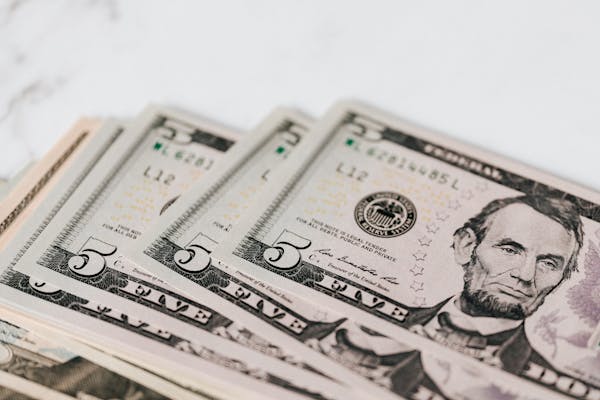The particular ratio of debt to equity that a business utilizes to finance all facets of operations and development is referred to as its capital structure.
Equity capital comes from claims to a company's future cash flows and earnings as well as ownership stakes in the latter. Bond issuances and loans are examples of debt, while ordinary stock, preferred stock, and retained profits are examples of equity. Additionally regarded as a component of the capital structure is short-term debt.
Debt and Equity Dynamic
The balance sheet shows both debt and equity. Assets owned by the company, which are reported on the balance sheet, are acquired using loan or stock. A company's capital structure may include a combination of ordinary stock, preferred stock, long-term debt, and short-term debt. When examining a company's capital structure, the ratio of short-term to long-term debt is taken into account.
Analysts often refer to a company's debt-to-equity (D/E) ratio, which sheds light on how dangerous its borrowing practices are, when discussing capital structure. A corporation with a significant debt load often has a more aggressive capital structure, which increases the risk to investors. But this danger can be the main driver of the company's expansion.
One of the two primary methods for a business to raise funds on the financial markets is via debt. Due to the tax benefits of debt, businesses gain from it. Interest payments made as a consequence of borrowing money may be tax deductible. In contrast to equity, debt permits a firm or business to maintain ownership. In addition, debt is widely available and simple to get during periods of low interest rates.
Equity enables outside investors to acquire a stake in the business. Even when interest rates are low, equity costs more than debt. Equity, on the other hand, does not need repayment as debt does. In the event that profits are dropping, this is advantageous to the business. Equity, on the other hand, is the owner's claim to a portion of the company's future profits.
The best capital structure
Companies with high leverage ratios and aggressive capital structures utilize more debt than equity to finance their assets and pay for operational expenses. A corporation with a capital structure that is more cautious and uses equity rather than debt has a low leverage ratio. However, a capital structure that is cautious might result in lower growth rates, and one that has high leverage can result in better growth rates.
The D/E ratio is used by analysts to compare capital structures. By dividing total liabilities by total equity, it is determined. Smart businesses have mastered the art of combining finance and equity in their corporate plans. But sometimes, businesses could depend too much on debt and outside finance in particular. By watching the D/E ratio and comparing it to that of its competitors in the industry, investors may keep tabs on a company's capital structure.
Why Are Capital Structures Different Between Companies?
Companies in various sectors will use capital structures that are more appropriate for their line of work. While labor- or service-intensive businesses, like software companies, may favor equity, capital-intensive sectors like car manufacturing may use more debt.
What Factors Influence Managers' Capital Structure Choices?
Assuming a business has access to cash (via lenders and investors, for example), it will want to reduce its cost of capital. A weighted average cost of capital (WACC) analysis may be used to do this. The management or analyst multiplies the cost of each capital component by its corresponding weight to determine WACC.
What Capital Structure Methods Do Analysts and Investors Use?
A corporation with excessive debt could be considered a credit risk. However, too much equity could indicate that the business is underutilizing its growth prospects or overpaying for its cost of capital . Unfortunately, there isn't a magic debt to equity ratio that can be used as a guide to arrive at an ideal capital structure in the actual world. Depending on the sector a business works in, its stage of growth, and external changes in interest rates and the regulatory environment, what constitutes a good balance of debt and equity might alter over time.
What Criteria Do Investors and Analysts Use to Assess Capital Structure?
The appropriateness of a company's capital structure may be calculated using a number of indicators in addition to the weighted average cost of capital (WACC). One class of measures employed is the leverage ratio, which includes the debt-to-equity (D/E) ratio and the debt ratio.
The conclusion
A company's capital structure is the particular proportion of debt and equity it utilizes to fund both its current operations and future expansion. Debt is money that has been borrowed and that must be paid back, sometimes with interest, while equity is ownership in the business. A often used indicator of a company's financial structure and a way to gauge risk is the debt-to-equity (D/E) ratio. Investors may see a firm with a high percentage of debt in its capital structure as riskier, but it may also have higher growth potential.



Comments
Post a Comment